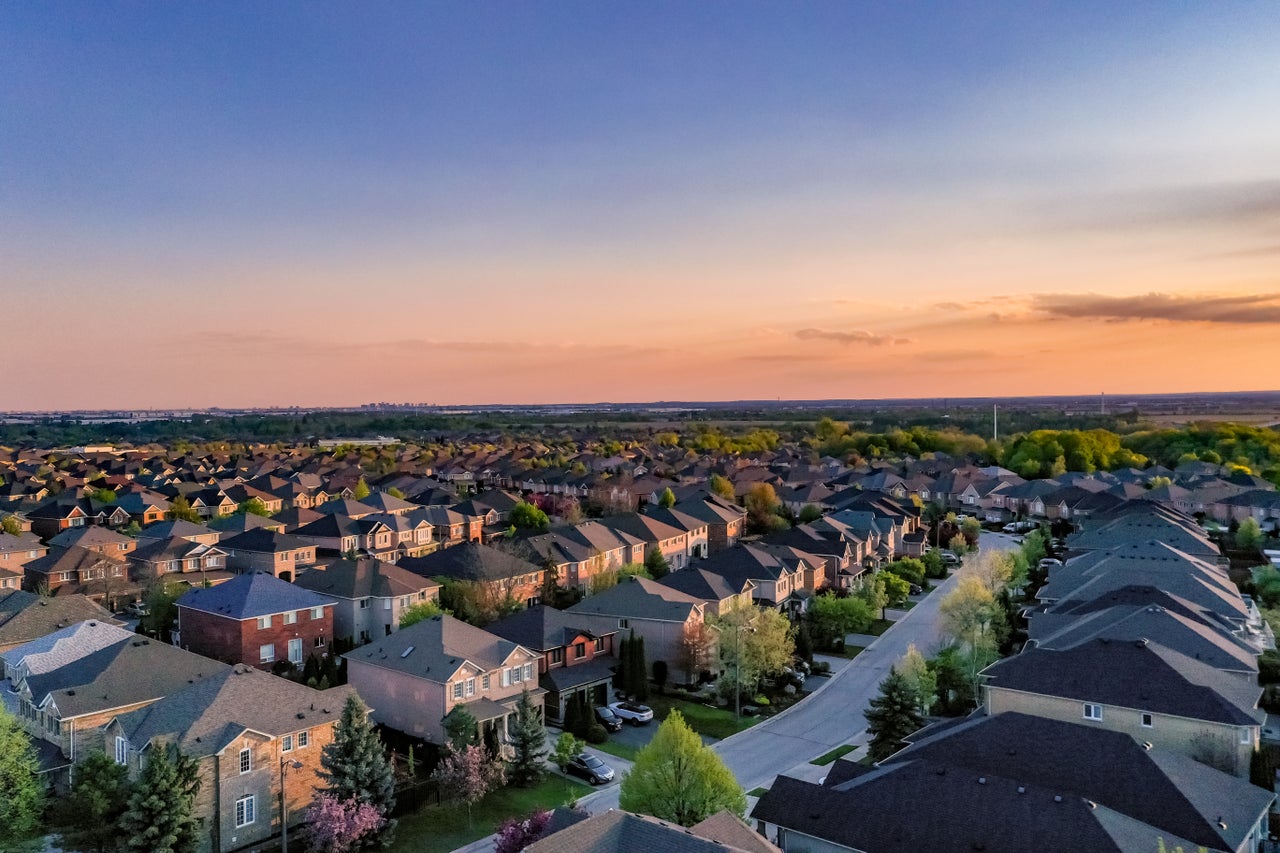Overview
- Year-over-year price growth continues its downward trend, only rising 1.2% in September 2025.
- Connecticut, New Jersey, Alaska, West Virginia, and Wyoming saw the highest year-over-year price growth this month. Washington D.C. and Florida saw home prices dip the most.
- Despite September’s 0.2% monthly decline, Newark, NJ; Allentown, PA; Albany, NY; Omaha, NE; and Boise City, OK saw monthly increases firm up in September, up about 1% from prior month.

National home price growth
September 2025 data
Source: Cotality
Affordability meter
Source: Cotality
Insights from Chief Economist Dr. Selma Hepp
The U.S. housing market is continuing to cool off as summer fades into fall. Home prices across the country are starting to sag as inventory reaches its highest level since 2019. While the Northeast is still showing strong market signals, other regional differences are becoming apparent.
Northeastern states are maintaining strong housing fundamentals, which has led to continued home price growth in the high single digits. However, western states like Alaska and Wyoming are showing a turnaround and posted home price growth this month. Both states had year-over-year gains above 5%. However, at the metro level, more areas are seeing depressed prices. In September, 20% of the 411 U.S. metropolitan areas saw annual price drops. This is the largest share of metros with declines in price growth since June 2023 when surging mortgage rates significantly cooled home prices.
“Much like the K-shaped trend seen in overall consumer spending—driven largely by higher income groups—lower-income potential homebuyers are facing challenges due to an uncertain job market, sluggish wage growth, and worsening financial conditions. This is leading to weaker demand for homes and downward pressure on prices,” said Cotality’s Chief Economist Dr. Selma Hepp.
Amid falling prices, there has been a rise in serious mortgage delinquencies in some states like Florida, a state where a large proportion of markets are experiencing ebbing prices. These lower prices reduce the amount of equity that homeowners can tap into even as escrow costs climb. People are paying an average of 45% more in escrow costs compared with five years ago, and that is pushing up monthly payments past the point of affordability. The increasing cost of owning a home has in part led to properties spending longer on the market and deals being more difficult to close despite for-sale inventory growing.
Although recent declines in mortgage rates and the moderation in housing prices have slightly improved affordability, cost continues to be the primary obstacle for many prospective homebuyers. Notably, 75% of the top 100 housing markets are still considered overvalued, according to Cotality’s HPI. Also, while more for-sale homes offer more options, the 72% increase in real mortgage payments (exclusive of insurance and taxes) puts homeownership out of reach for many.
“Major Northeastern metro areas such as Boston, New York, and Philadelphia remain resilient thanks to sectors like finance, biotech, healthcare, and education. Strong and diversified local job markets continue to draw high-earning professionals and give them the income stability needed to purchase expensive homes. Additionally, many of these regions have nearby, mid-sized metros that are more affordable; these areas are increasingly popular with hybrid workers and high-income commuters seeking better value. Although recent declines in mortgage rates have provided support for housing activity, broader improvements in demand will depend on the strength of the labor market and corresponding consumer confidence.”
-Dr. Selma Hepp
Cotality’s Chief Economist

Top 10 hottest markets
Source: Cotality
Top 10 coolest markets
Source: Cotality
Which areas are affordable?
Tracking the top 5 highest and lowest U.S. median sales prices
Source: Cotality
Markets to watch
Tracking markets with a very high risk of price decline in the top 100 CBSAs
Source: Cotality
High-risk market home price trends
Source: Cotality










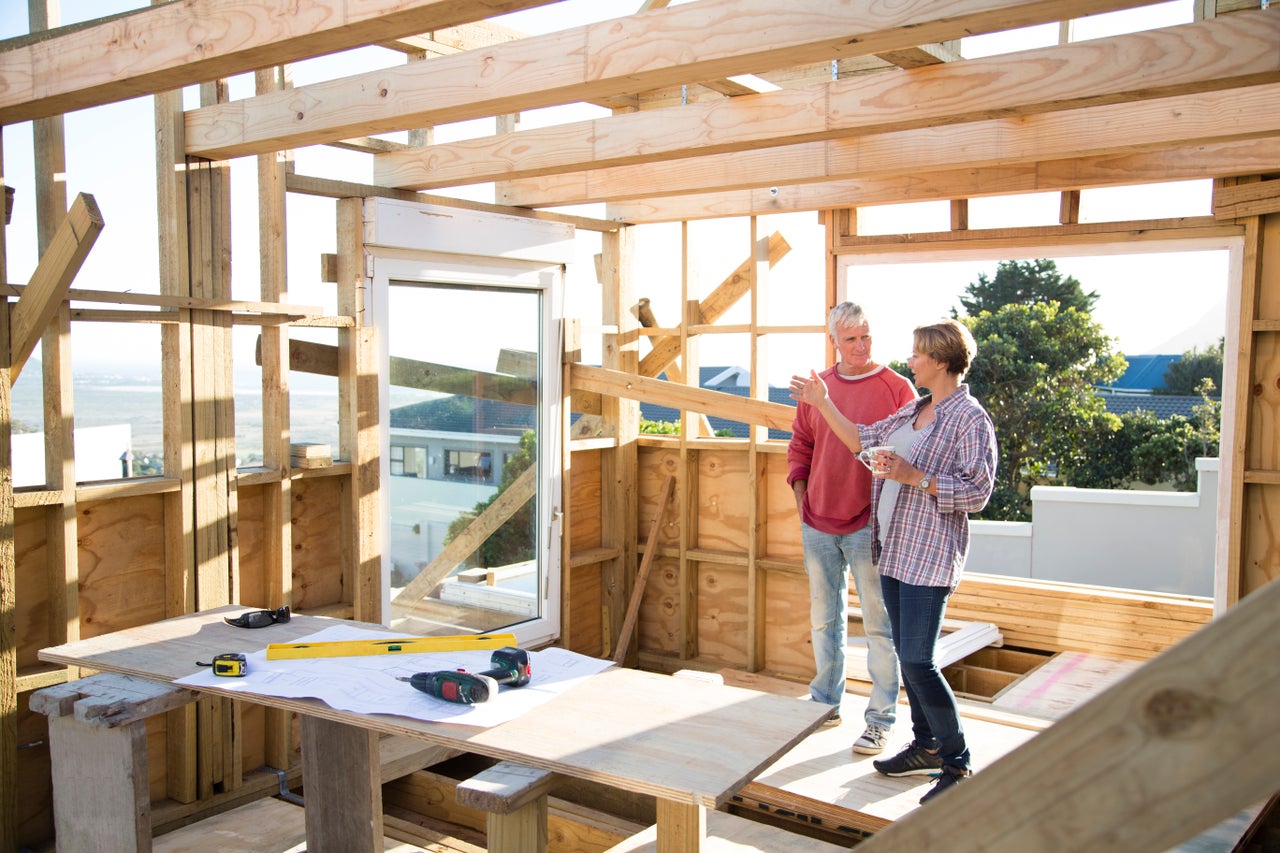

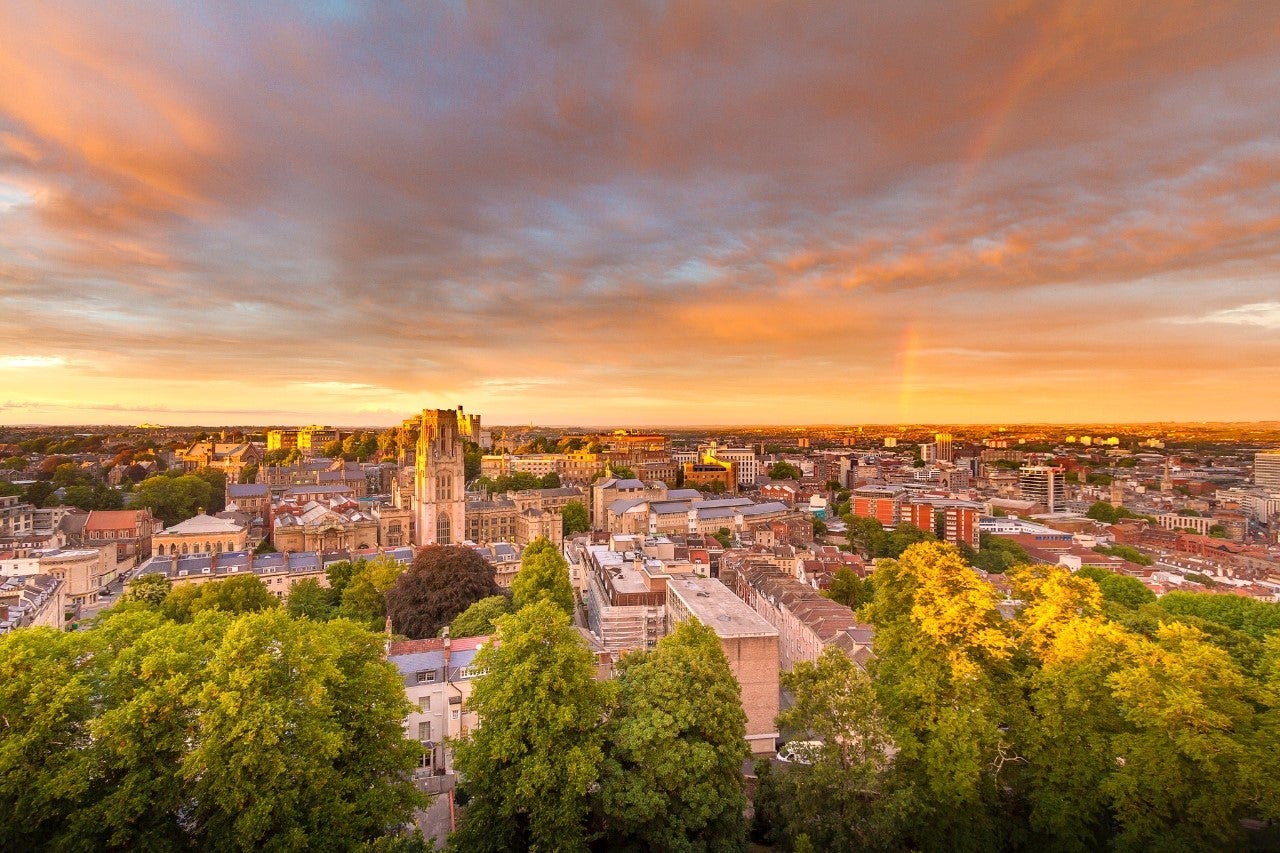
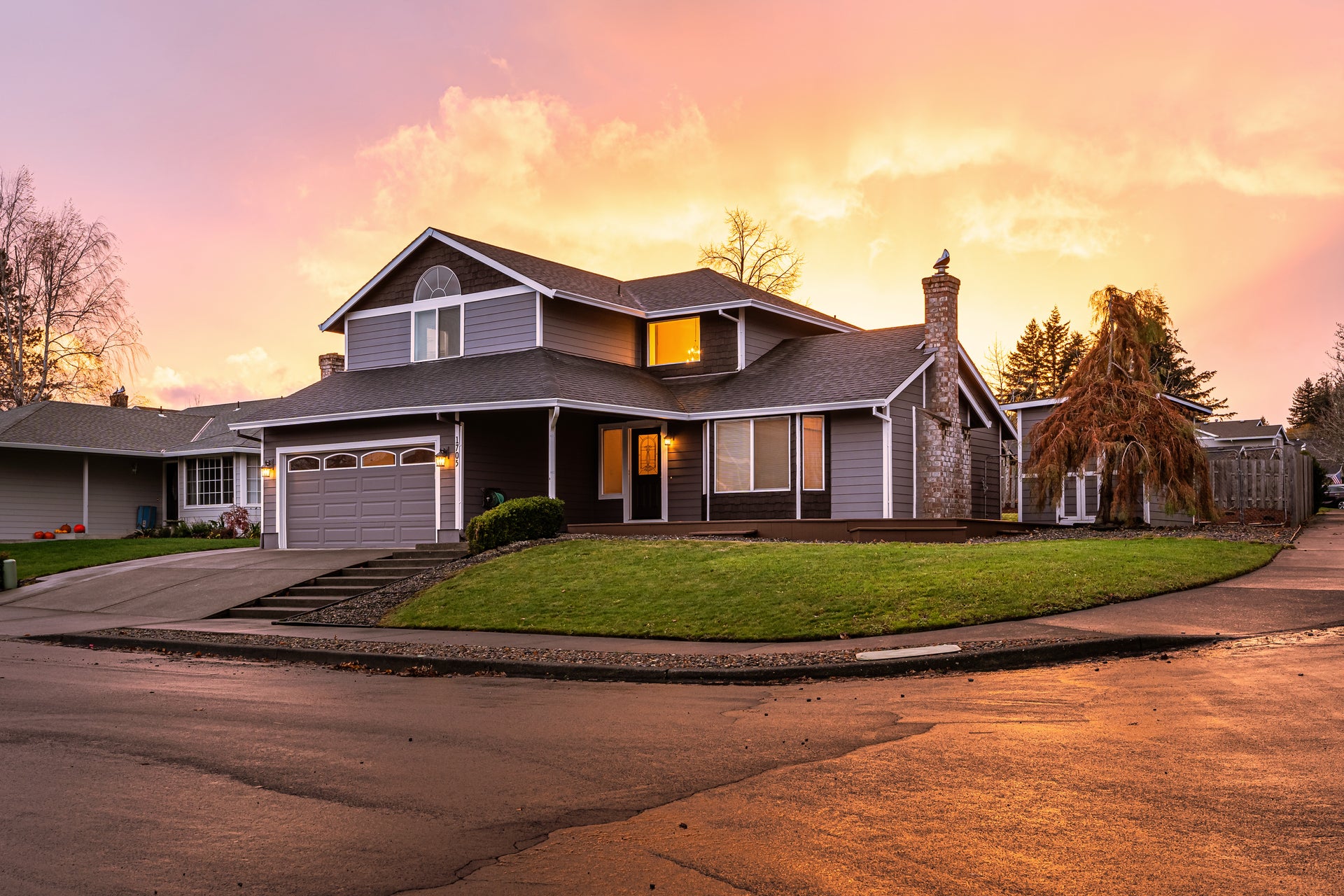
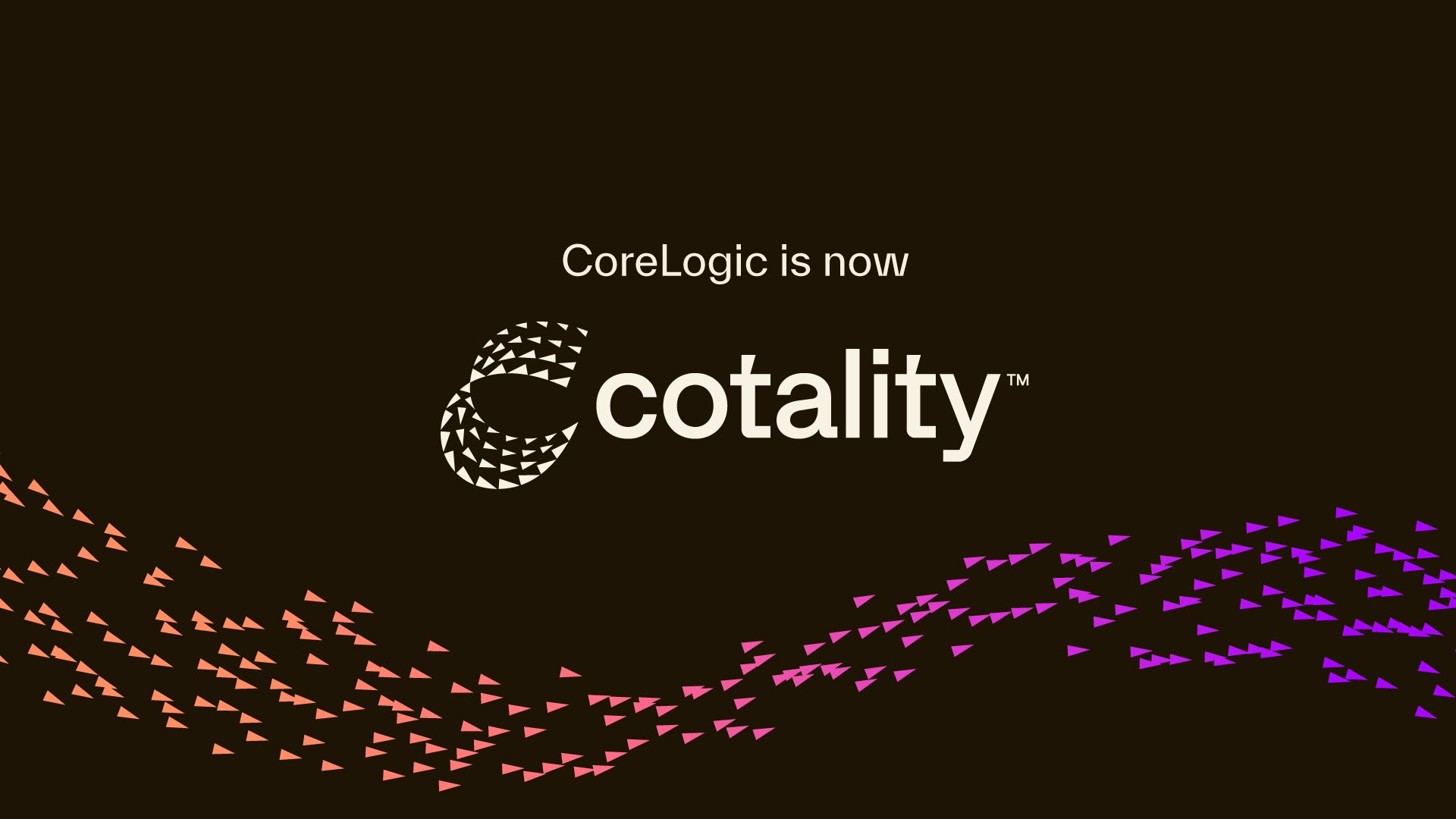
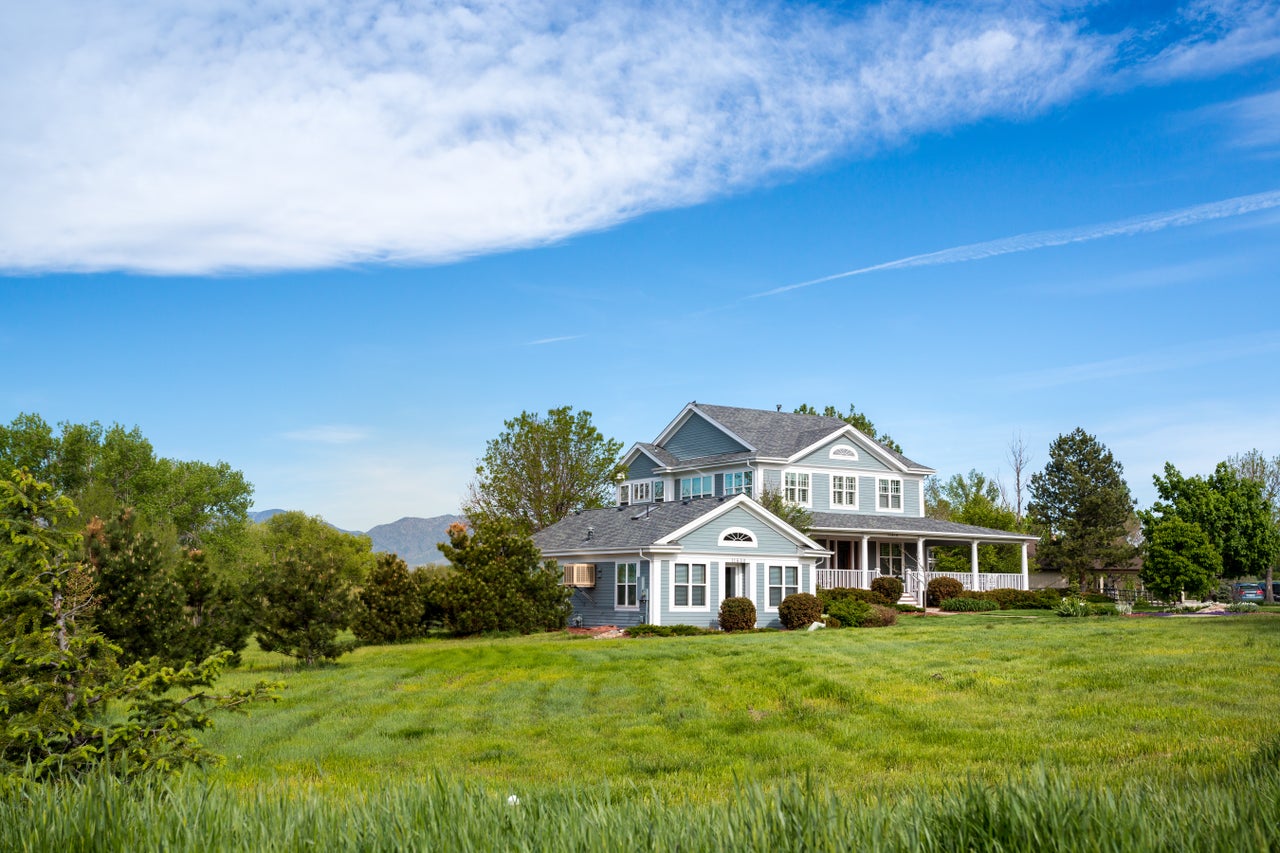
.jpg)
